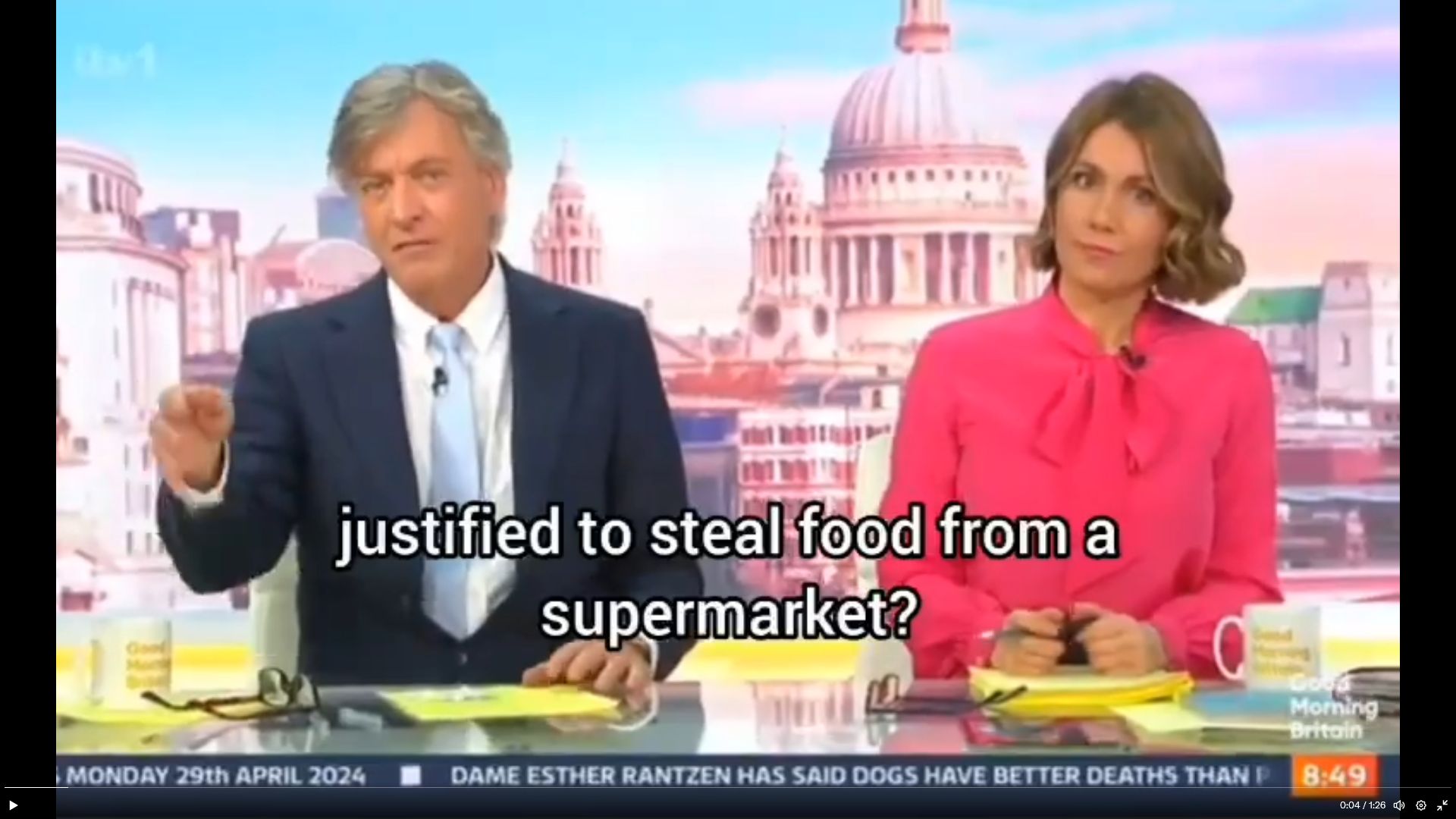After President Woodrow Wilson, recently the subject of a fawning piece in the Atlantic by David Frum, brought the U.S. into World War I, dissenters became targets. The passage of the Espionage and Sedition Acts gave prosecutors broad powers to charge anyone opposed to the war. Socialist Party Presidential candidate Eugene Debs was memorably sent to prison for a speech he gave in Canton, Ohio opposing the war. Another target was cartoonist Art Young.
Art Young, born in 1866, traveled a long and winding road to socialism and anarchism. At first, he was a mainstream Republican and his cartoons reflected that viewpoint for newspapers like the New York Evening Journal and the New York American. Hearing a speech by Debs jarred Young from his complacency. He wrote in his memoirs that speeches for socialism helped him realize he “was living in a world morally and spiritually diseased, and [he] was learning some of the reasons why.” In 1910 Young joined the Socialist Party of America and in 1911 he began contributing illustrations to the socialist magazine, The Masses. Yet he was no party sectarian. Although he never carried a red card, Young also provided numerous cartoons for IWW publications like Solidarity and the Industrial Worker.
Even before World War I, Young’s cartoons landed him in court. Young’s first round of legal trouble was due to an unlikely adversary. In April 1912, coal miners organized with the United Mine Workers went on strike in Kanawha County, West Virginia. The workers demanded union recognition and an end to both company stores and the blacklisting of union members. The strike was bloody. At least fifty miners were killed; dozens were arrested. The violence was so great that the governor declared martial law in an attempt to impose order.

The Masses ran a cartoon by Young (pictured above) addressing the strike showing the president of the Associated Press news agency slipping poison into a well labeled “the News.” Masses editor Max Eastman accompanied the cartoon with an editorial labeling the Associated Press “The Worst Monopoly” and accusing the AP of preventing the truth of strike from being known. Eastman wrote “For some secret reason West Virginia has hardly leaked a drop of news for the past sixth months. And that secret reason is the Associated Press.” Eastman revealed that AP’s representative in West Virginia (Cal Young) served on the military tribunal trying strikers, showing a clear conflict of interest. Eastman concluded “It shows the one thing which all tribes and nations have held sacred—the body of the Truth—is for sale to organized capital in the United States”.
Understandably, AP was unhappy with Young’s drawing and Eastman’s editorial and filed two counts of criminal libel against them. These lawsuits were dismissed though, when Eastman and Young subpoenaed AP for their records. The Masses claimed the AP dropped the suit because the records would be damaging to their reputation. Years later, famed muckraking journalist Upton Sinclair substantiated those charges in his book the Brass Check. Looking back at the incident in his 1939 memoir Art Young, His Life and Times, Young remarked “the AP was in the position of the hunter who had a bear by the tail and didn’t know how to let go of it.”
After Congress’s declaration of war, the federal government launched a two-pronged effort to build up support for the effort. Howard Zinn in A People’s History of the United States wrote that “George Creel, a veteran newspaperman, became the government’s official propagandist for the war; he set up a Committee on Public Information to persuade Americans the war was right. It sponsored 75,000 speakers, who gave 750,000 four-minute speeches in five thousand American cities and towns.” Creel’s propaganda offensive was the first prong. The second was the use of the Sedition and Espionage Acts to repress anti-war activists. The Masses was a victim of this repression. After Max Eastman published an editorial in the July 1917 issue asking “For what specific purposes are you shipping our bodies, and the bodies of our sons, to Europe? For my part, I do not recognize the right of a government to draft me to a war whose purposes I do not believe in,” the Masses was banned from the mail, along with other socialist publications, and quickly went under. Worse came soon after.
After being indicted in 1917, in April, 1918, Art Young again stood trial with fellow contributors to the Masses Floyd Dell, Max Eastman, and others. The charges under the Espionage Act were “conspiracy to obstruct the recruiting and enlistment service of the U.S” and publishing “seditious articles, cartoons, and poems.”. Which cartoon was so horrible as to charge Young under these laws? “Having Their Fling,” showing an editor, a capitalist, a politician, and a minister dancing to a tune conducted by Satan. Young claimed that this was an attempt to illustrate General Sherman’s famous dictum “War is Hell.”

The trial was the site of several bizarre incidents. A patriotic band set up outside the courthouse in order to sell Liberty Bonds. Every time they played “the Star Spangled Banner” defendant Merrill Rogers leapt up to salute the flag. Young found the prosecutor’s antics ridiculous saying he “held up the offending cartoons with a gesture of horror as if he were displaying the pistol with which Booth shot Abraham Lincoln.” In fact, Young thought so little of the trial that he actually napped throughout. The Liberator, a successor to the late Masses, ran a self portrait of Young during the trial (pictured left). He was fast asleep; the caption read “Art Young: On Trial For His Life.”
The jury was unable to reach a verdict. Young’s autobiography claims there were two votes against conviction while other sources say there was only one holdout or as many as three. Undeterred, prosecutors proceeded with a new trial. In September, Young, Eastman, et al. appeared in court, this time joined by John Reed, freshly returned from the Soviet Union.
Young showed as much respect for this trial as he did for the previous one. The prosecutor brought up a soldier killed in battle and argued, “He not only died for his country, but he died for Max Eastman, he died for Floyd Dell, he died for John Reed, he died for Merrill Rogers.” In mock offense, Young stage-whispered to Reed: “Who was this hero who didn’t die for me?” As a recess was called, Reed told Young “Cheer up, Art, Jesus died for you.” In another episode, the prosecutor asked him if he believed in the class struggle. “If you’ve got the measles, Mr. Barnes,” Young replied, “it doesn’t necessarily mean that you believe in them.”
Max Eastman took the trial much more seriously. His closing argument was an eloquent defense of socialism and free speech. He declared “I am not afraid to spend the better part of my life in a penitentiary, if my principles have brought me to it.” Fortunately for him, his principles didn’t require it. Once again, the trial ended in a hung jury. This time, eight jurors were for acquittal, with only four wanting to convict. Recognizing the folly of trying the socialists again, prosecutors threw in the towel.
Art Young continued with his cartooning after escaping the clutches of Uncle Sam. His cartoons were seen in the Liberator, the New Masses, the Nation, the New Yorker, and more until his death in 1943. Unquestionably, his magnum opus was, and remains, Art Young’s Inferno, his satirical look at Hell after the capitalists have taken over. Even eternal damnation is no escape from the profit motive. If you want a good one-book collection of Young’s cartoons, Fantagraphics’ To Laugh That We May Not Weep: The Times & Life of Art Young is a fine choice. Many of the cartoons, dealing with war, poverty, exploitation, even child labor, remain sadly relevant. Fortunately, we have Young’s cartoons to help us find humor as we battle these social evils. We’ll need it.
~ Hank Kennedy
The author is an American educator and IWW member who writes often about the connection between comics and politics in publications like New Politics, Logos, and especially the Comics Journal.








